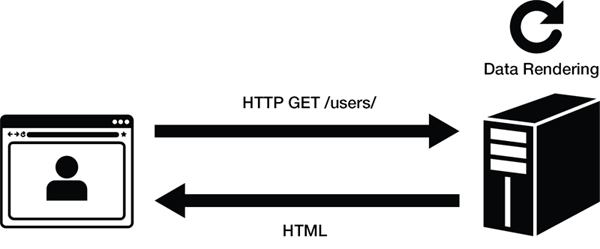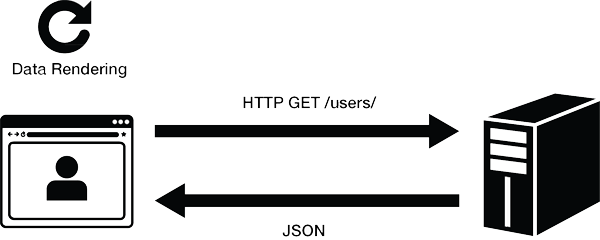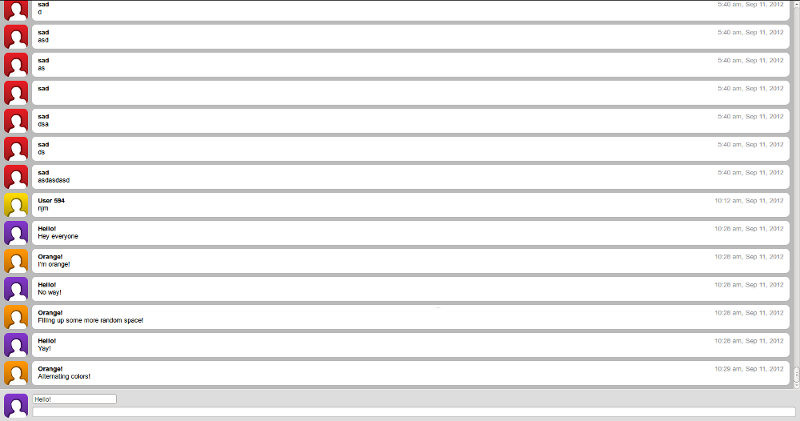JavaScript on the server:
- Node.js, event-driven server-side JavaScript
- Frameworks and tools like Express and Connect
Client-side JavaScript MV* frameworks:
- Lower-level frameworks like Backbone and the YUI App Framework
- Highly abstracted (MVVM and others) frameworks like Ember and Knockout
One language, client and server
- But are we really using them effectively?



